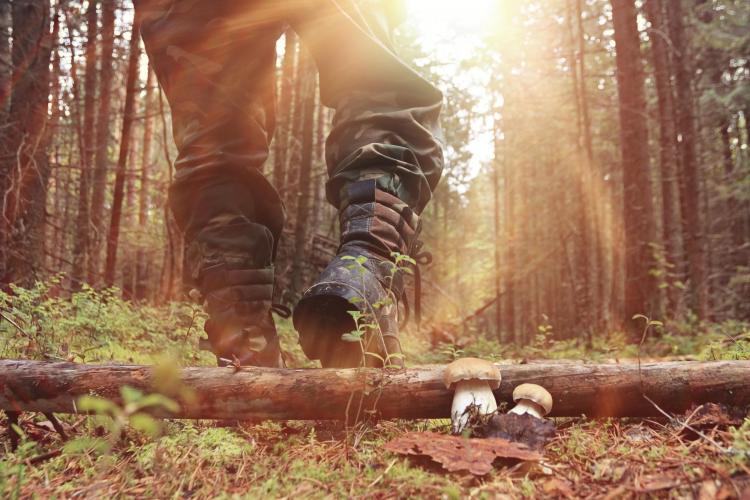Who Do I Work With?
If the concept of Best Management Practices seems overwhelming, fear not! There are tremendous local, state and federal resources available to help you protect water, soil and wildlife habitat in your woodland. These resources can provide everything from broad guidance on Forestry Best Management Practices to maps that will help you apply BMPs to your own woodland management.
You may want start with your state Department of Natural Resources. Most states recognize the importance of healthy forests, both to the regional economy and to environmental health. So there is significant interest in helping landowners protect soil and water on their land. In Wisconsin, for instance–where timber and sport fishing alone contribute more than $20 billion to the economy–you can access a free manual on BMPs that outlines why, where and how to follow best practices, and also how to help finance this work through cost-share programs.
Cost share programs available through your state and federal government, can help fund management plans, stream crossing repairs, reseeding and many other projects. The financial incentives can be sizeable, as with some of the Natural Resource Conservation Service’s programs, which can provide up to 75 percent cost-share for work that enhances wildlife habitat.
Another great source of information on BMPs can be your state or consulting forester. A good forestry professional will have years of experience and study in best practices. You can also check with your local Natural Resource Conservation Service or extension office.
How can I get more tips?
It’s simple! Enter your email below.

